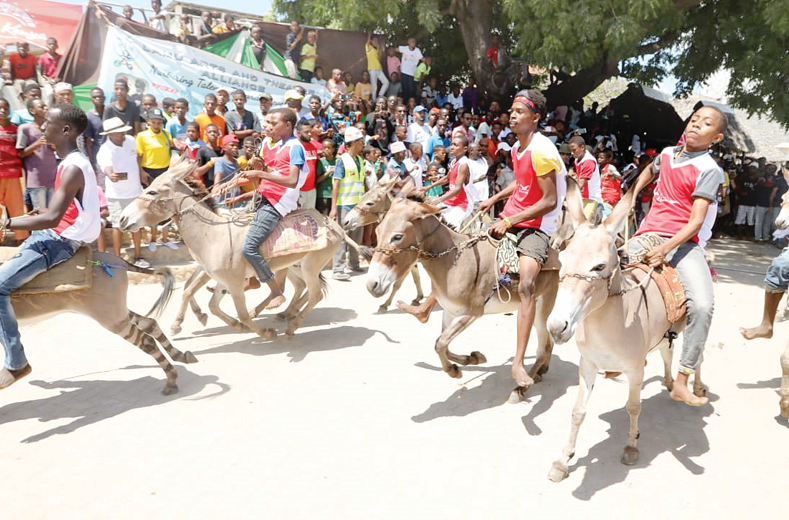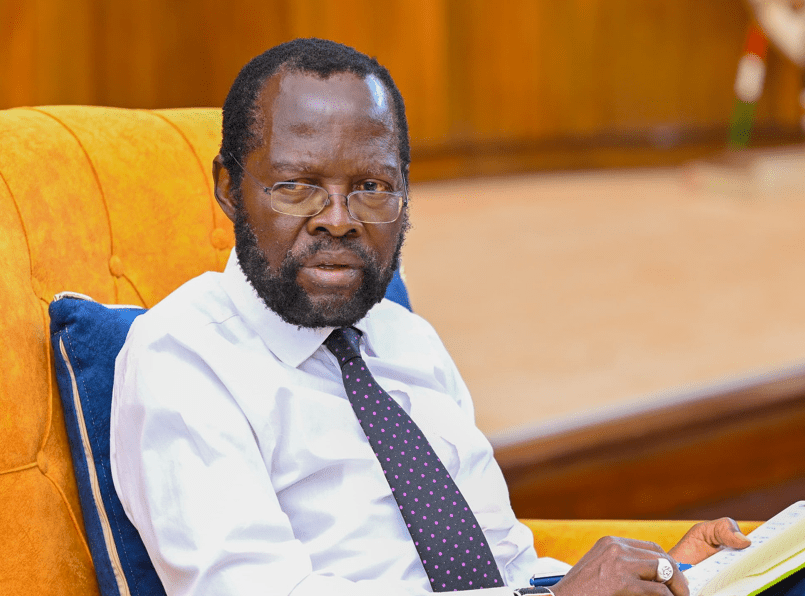Sky is the limit for Kenya’s cultural and art scene

Human interactions are the very essence of our existence. The benefits of these interactions are well documented – physical, emotional and mental well-being, better understanding of other people’s way of life which promotes unity, removes biases that cloud judgments and builds tolerance which is especially critical in today’s globalized world.
These interactions are the building blocks of cross-cultural exchanges which have traditionally been done through educational and cultural programs. Cultural exchange, which is expressed in many forms, continues to gain prominence the world over perhaps due to its ability to forge transformations that last a lifetime – Kenya and Germany are no exceptions.
Kenya has active and growing cultural exchange programs with many countries which have in turn massively contributed towards elevating the country’s visibility and image abroad, fostering bilateral ties and bolstering the tourism sector. According to UNESCO, Kenya has signed many bilateral cultural protocols with friendly nations which provide the framework for implementing cultural exchange programmes. The strong and cordial bilateral relations that Kenya enjoys, therefore come as no surprise even as its people – be they students, youth, artists and other creatives continue to gain international expertise and exposure. The reverse is also true for foreigners who get immersed in the Kenyan culture.
The government has since independence, commendably deployed a deliberate program of empowering its cultural and creatives talents. These efforts have been mirrored by stakeholders in the sector’s ecosystem. Germany, through its cultural institute Goethe-Institut Nairobi, is one of those stakeholders that have also been at the forefront of promoting its rich culture and history locally.
The end result has been an exponential increase in contemporary art exhibitions and centres, galleries and museums, festivals and concerts and national cultural events which are a testament that this development of countless platforms for showcasing the diversities of cultural expressions, is not by default but by design. These are undoubtedly bringing out the distinct character and uniqueness that is the Kenyan arts and culture scene.
Alongside this is the exposure of the unbridled talents who are inspiring the emergence of unknown and underexposed artists and creatives and together, they are challenging notions and old approaches and thinking while creating new arts and culture narratives.
It is exciting to see people and institutions paying attention. These days, it is common to see graffiti and wall murals in buildings and areas that traditionally would not be open to supporting art in the public space.
New and experimental works are being created every day including on online platforms. This transition has partly been informed by Covid-19 restrictions which opened the world’s eyes to the need to adopt digital technology to deliver projects.
These changes have heralded a shift in the provision of cultural spaces where artists can display their work and projects. Whether it is revamping the existing spaces or creating new ones, those in the driver’s seat now seem cognizant of the need to create dynamic and vibrant avenues for exposing the works to new audiences and markets.
As Goethe-Institut, we strive to appreciate the correlation between the cultural space and environment and the quality and quantity of exhibited performances and other art forms. The institute has recently opened the doors to its contemporary spaces to local artists and creatives – whether budding or established – with a view to inspiring them to broaden their talents, push boundaries of their experimental work and get connections to Germany and Europe.
Undoubtedly, the cultural and creative sector is poised for growth and our hope is that all stakeholders will take ownership of the sector and challenge its public’s view as only a source of entertainment. Collectively, they can then begin to maximize and unlock the massive potential that it holds as a serious income generator, job creator and top foreign exchange earner.












